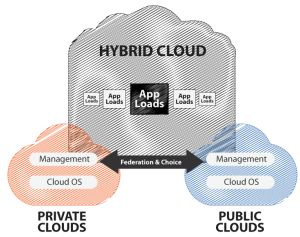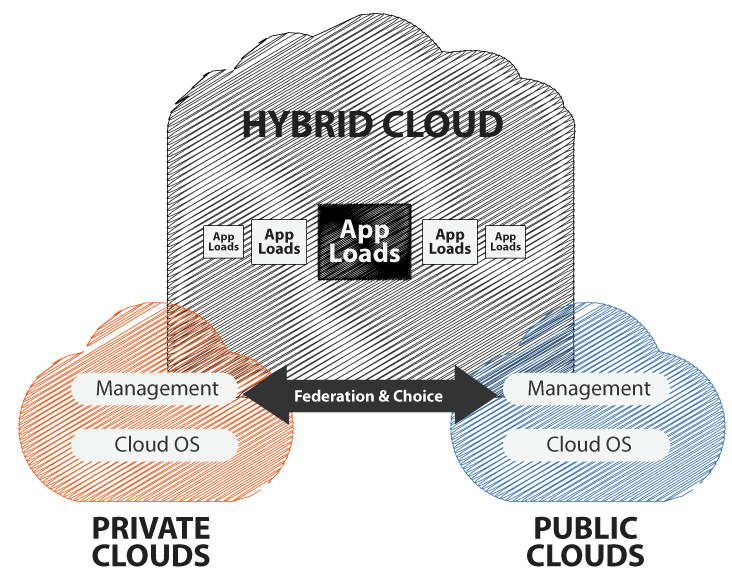While the public cloud is getting more popular because of power and flexibility, IBM like old school IT ooutfits are hustling dedicated  hybrid cloud hardware for reasons that seems something harder to justify. Here in this article we are talking about the Z systems for your private cloud.
hybrid cloud hardware for reasons that seems something harder to justify. Here in this article we are talking about the Z systems for your private cloud.
The company is seriously following the idea and the recent launch, the series of Power and Z System servers for private and hybrid cloud applications is its big step in this direction. The same strategy is commonly being followed by many old-school IT firms. So if you don’t want get steamrolled by the rush to public cloud, you need to build, sell and support preconfigured, dedicated hardware for on-prem private use which also function like a gateway to the hybrid and public cloud worlds beyond.
Big iron, big outlay
The concept or approach is not limited to hardware vendors. Many classic or aged IT firms also have this as their steple element of the lineup. For example, Synergy line by HP Enterprises. By the end of the year, Oracle is also making its debut with Cloud@customer. As per predictions, till the mid of next year, the market can witness the Dell Lenovo buddying up with Microsoft to deliver Azure Stack in an on-prem form with dedicated hardware.
Microsoft is taking it as a part of the big, long term game where the on-prem servers and the desktop become slideshows to the main event of cloud computing and managed services.
If we look at the IBM’s case, there is a bit different here. The concept is: keep going with the customer revenue streams for those who invested before in power and Z System architectures, make them continue plug into IBM Cloud through those systems, and give them ports of common enterprise open source apps (Ubuntu OpenStack, Hortonworks Hadoop, Nginx). The highlight is, give the users one more reason to not migrate those workloads elsewhere.
At the same time when there is a wide discussion about the old-school practices, a big question that arises is “why spending all that money?” Of course the setups are costly, then why spending for the local duplication of the functionality already being provided by the public cloud? The following arguments are being given in this regard:
• While having local servers helps in keeping the data local and serves the security purposes. But, there is less of a guarantee for data security than claimed in the on-prem data residency. As per experts, cloud providers are capable to avail more safety than on-prem data centers at this point. It is because that they have more to lose with security lapses.
• The next fact that is given here is that the local big iron is about running vast and non-stop applications where the charges of public cloud are generally higher. Here a point is essential to be consider that the capital expenses coming with on-prem hardware, specifically anything of this caliber, are nothing to sneeze at. If you fail to manage the recoup the outlay, you are surely stuck. One more thing, since the tools for decomposing monolithic applications into microservices are being taken as commodities, the problem is more about software needing reworking than hardware needing upgrading.
IBM is now ready to shed its legacy x86 server business to Lenovo, anybody could easily interpret that as clear sign that the company was moving apart from hardware. But the reality is quite different. Actually, the things IBM was leaving behind were: low margin, commodity server hardware. It is now turning towards brand, a high end server with exclusive designs (power for OpenStack) and other open source stacks and Z System for mainframe customers. The company is also determined to keep the Z line relevant by porting modern day software tools to it, quite similar to Google’s Go language.
This smacks less of a strategy to bring time-tested power to a wider audience, and more of a plan to keep an existing product line alive for those already sunk into it. Given that legacy mainframes and custom processor architectures are precisely the kinds of scenarios the public and hybrid clouds could provide alternatives to; it’s ironic for IBM to go this route.






